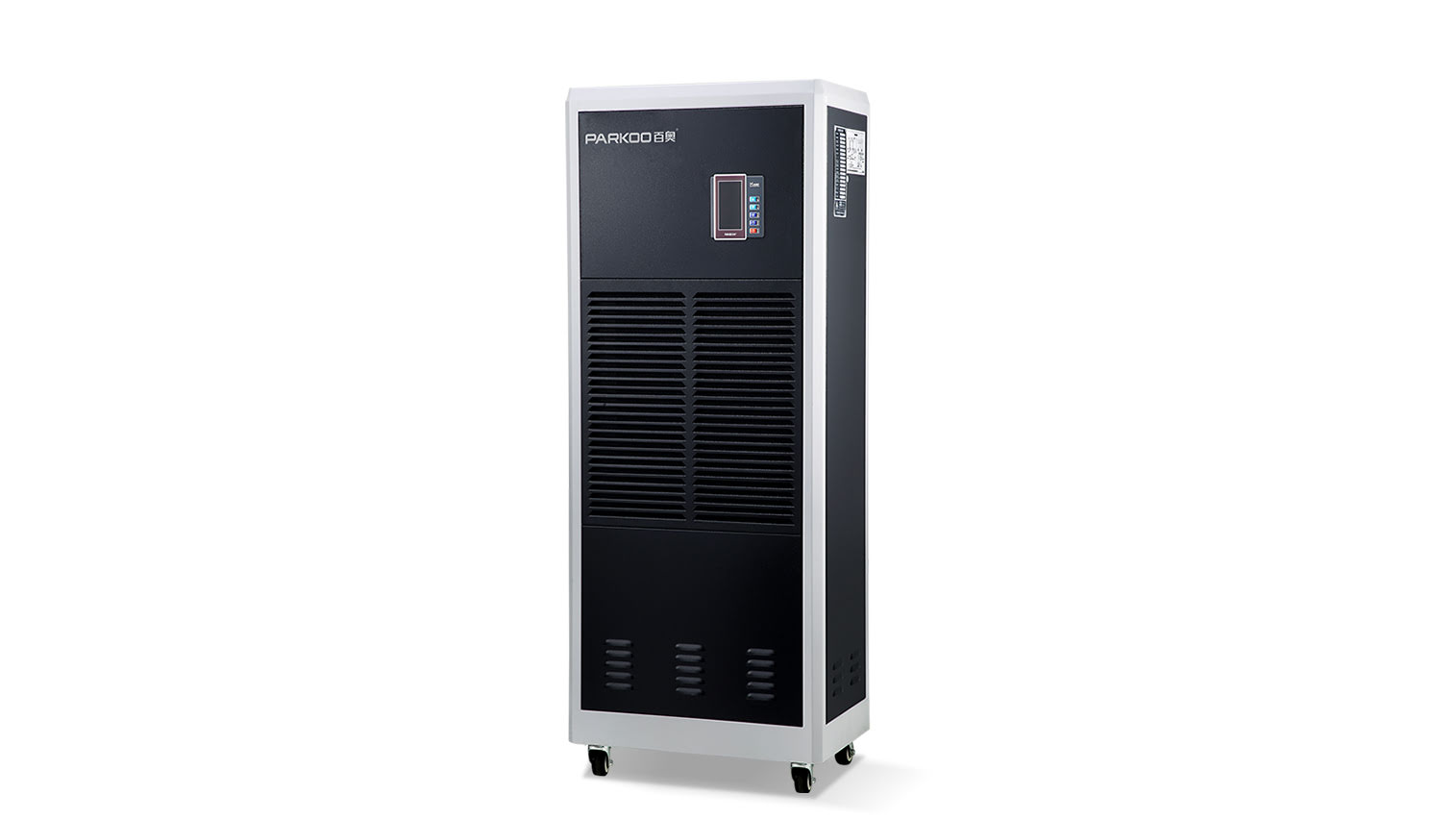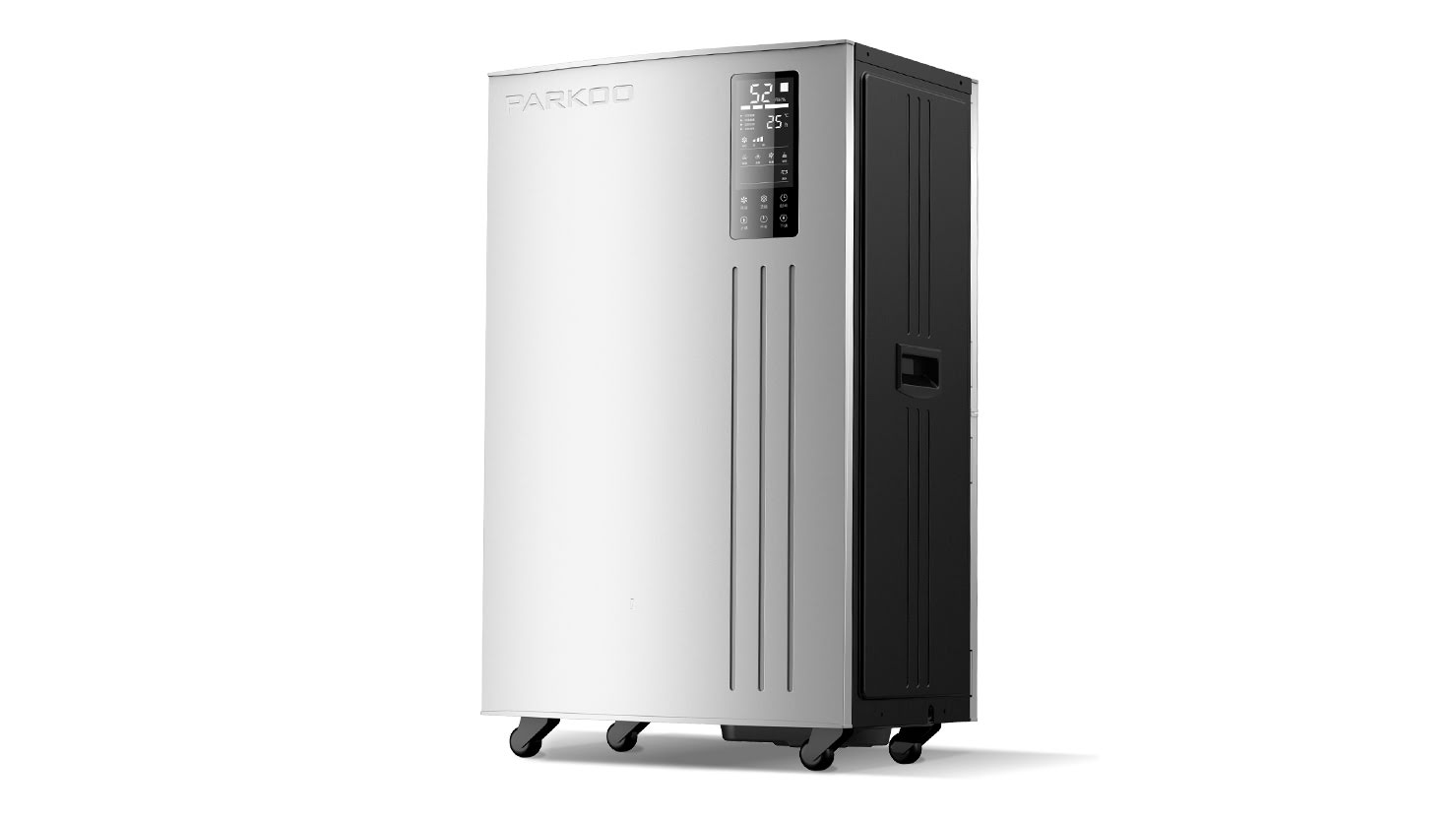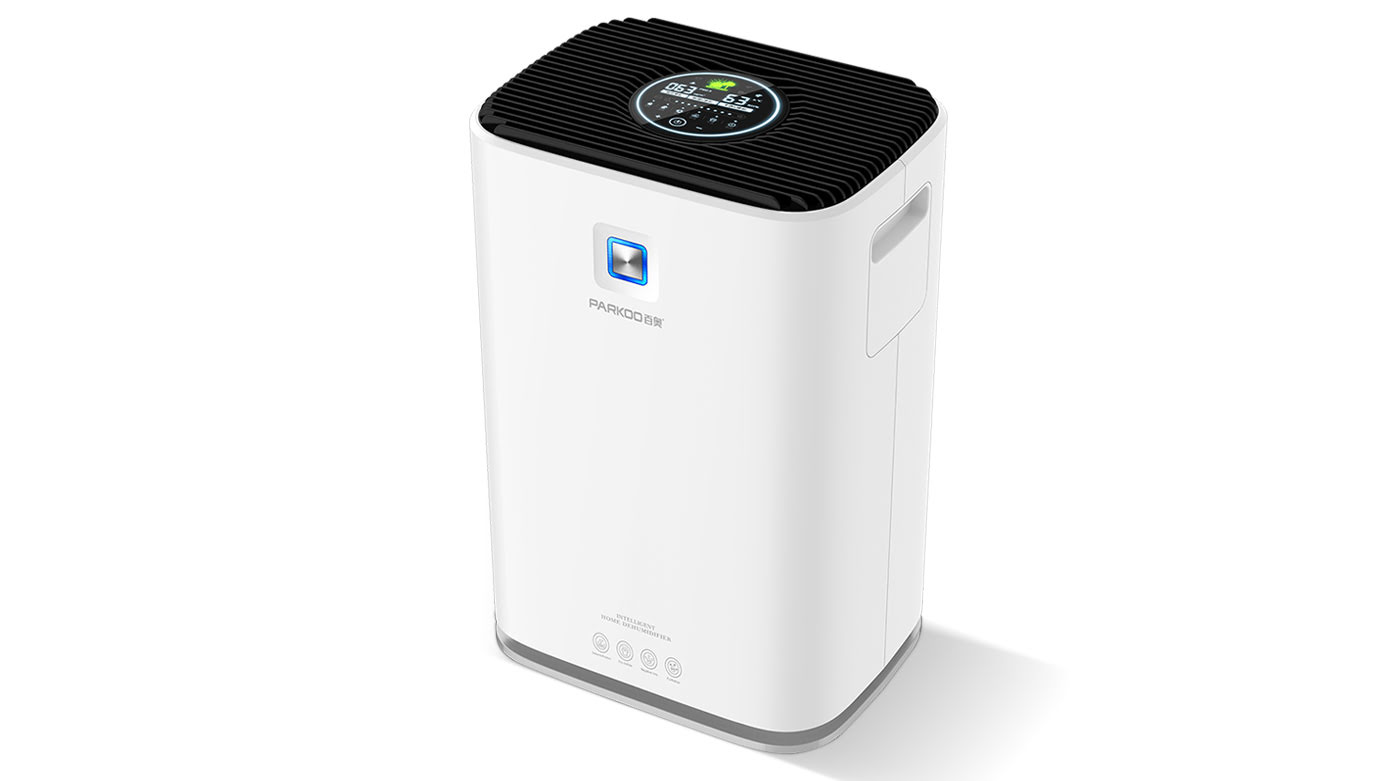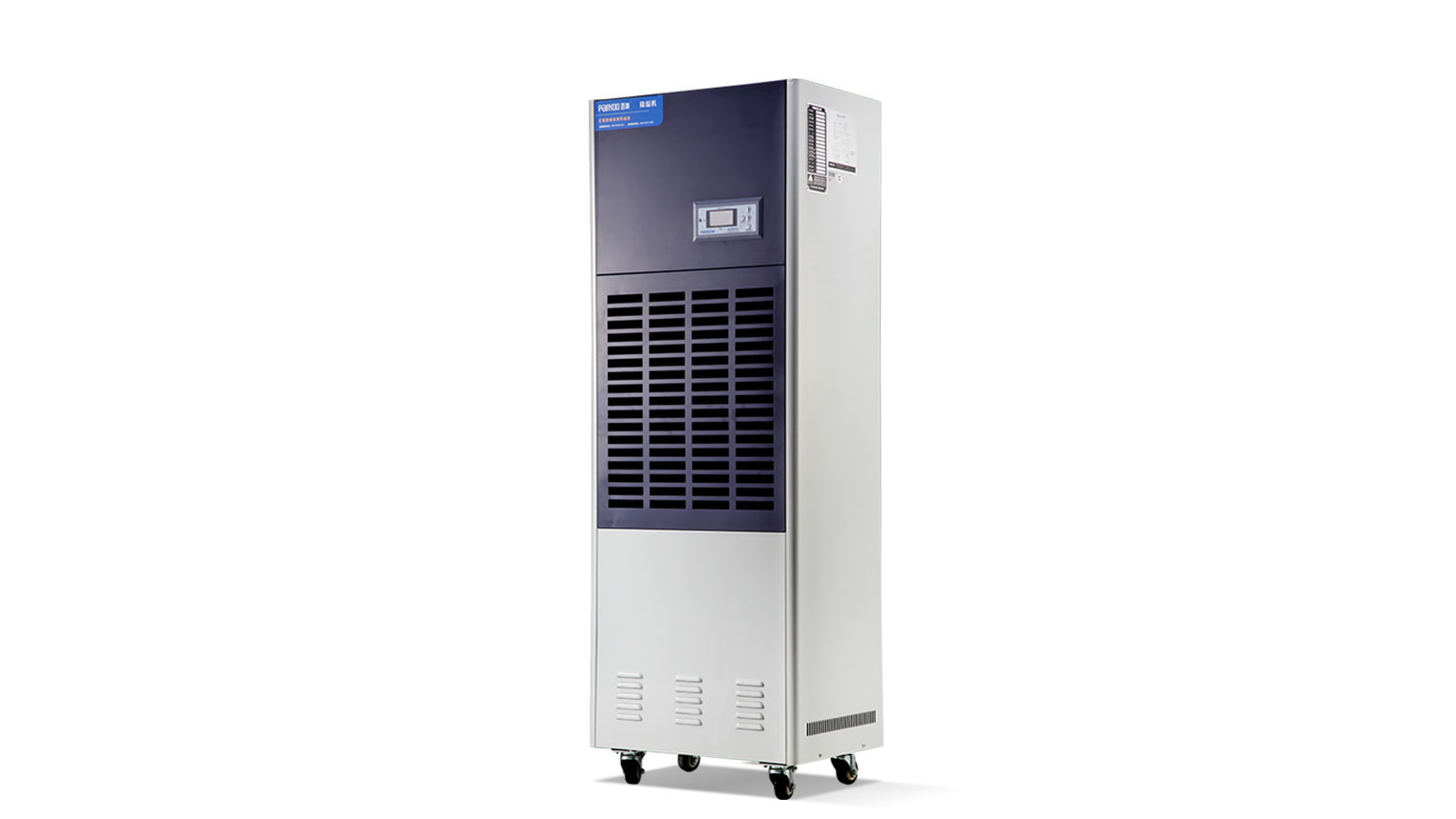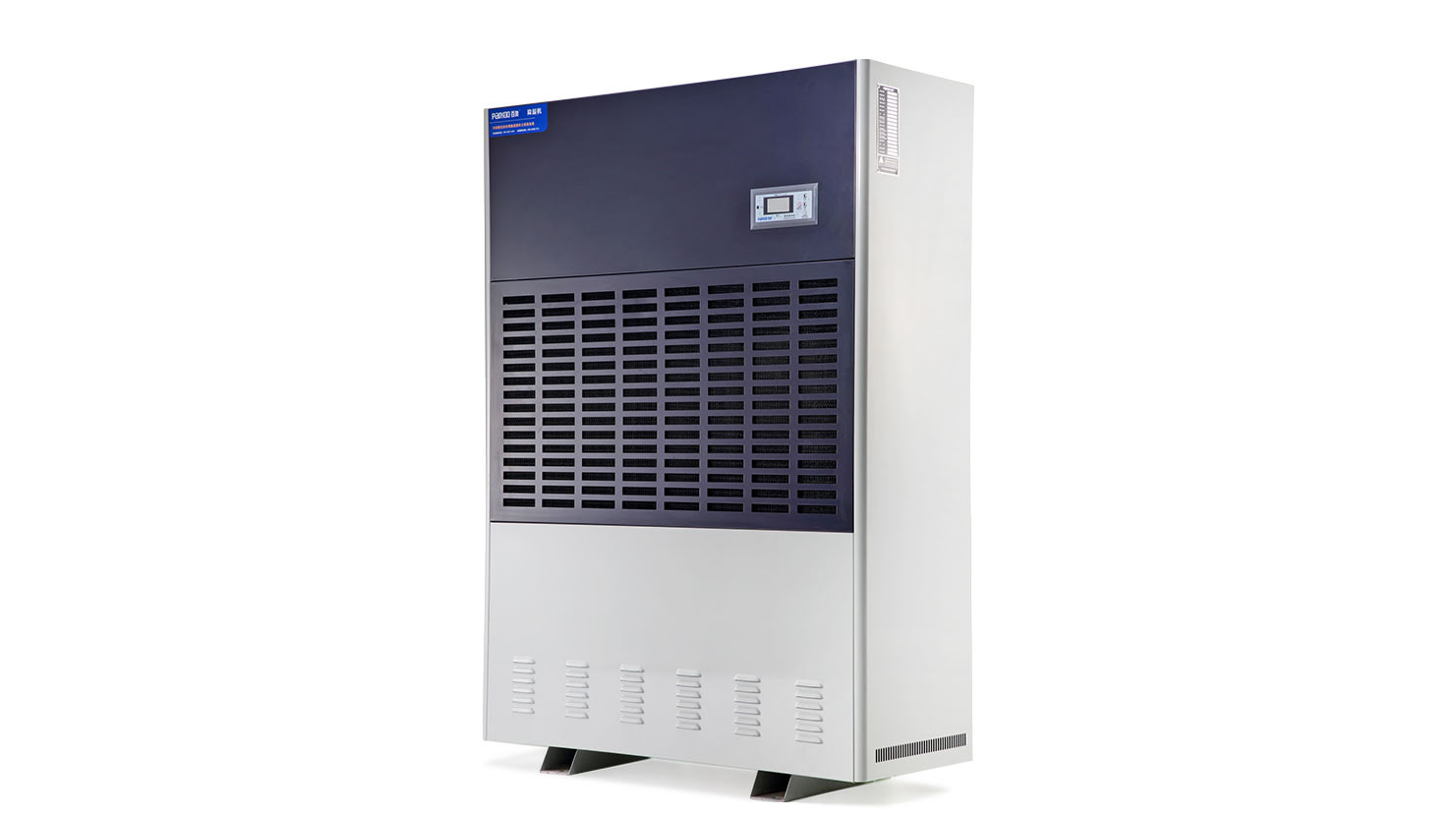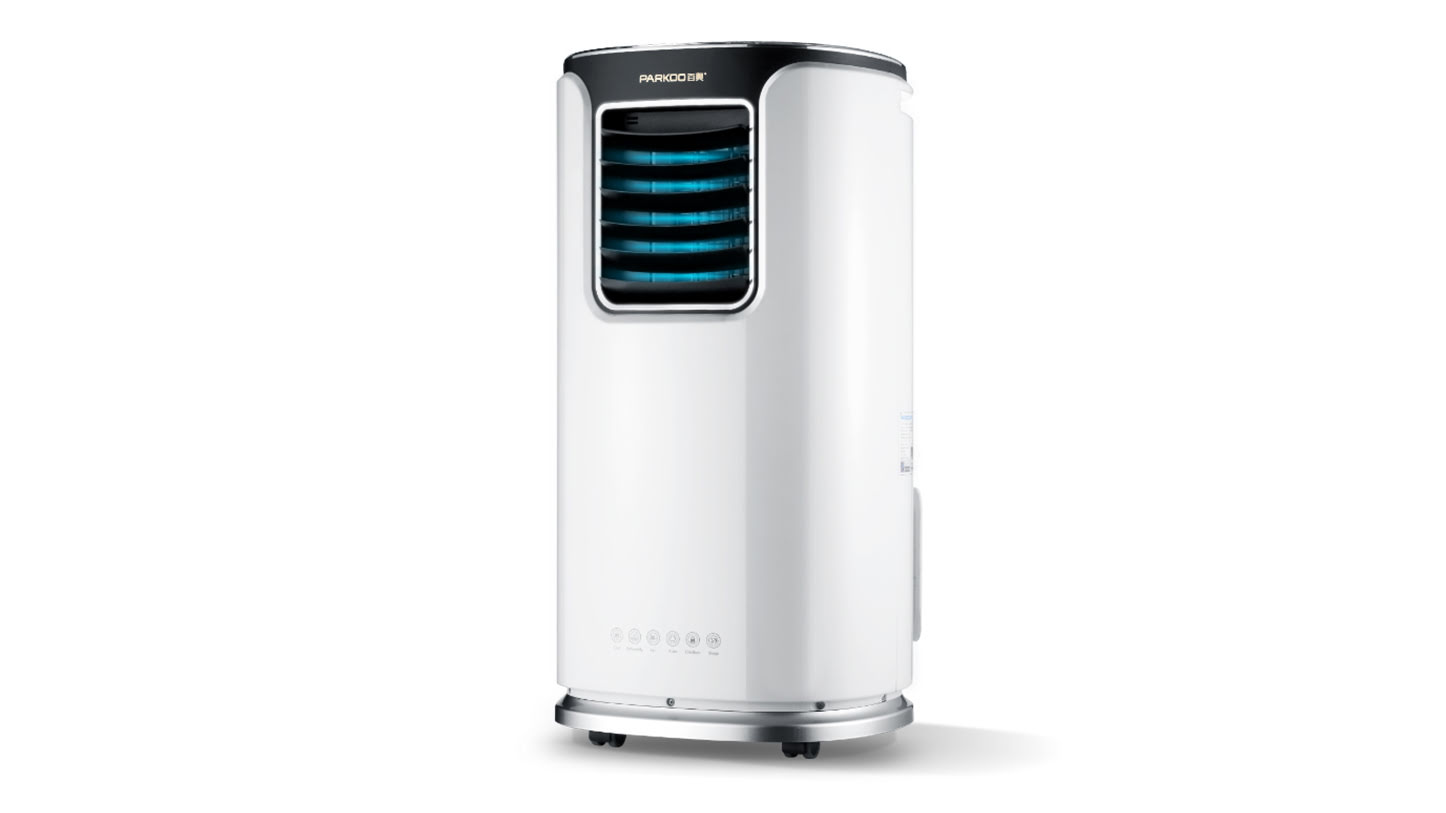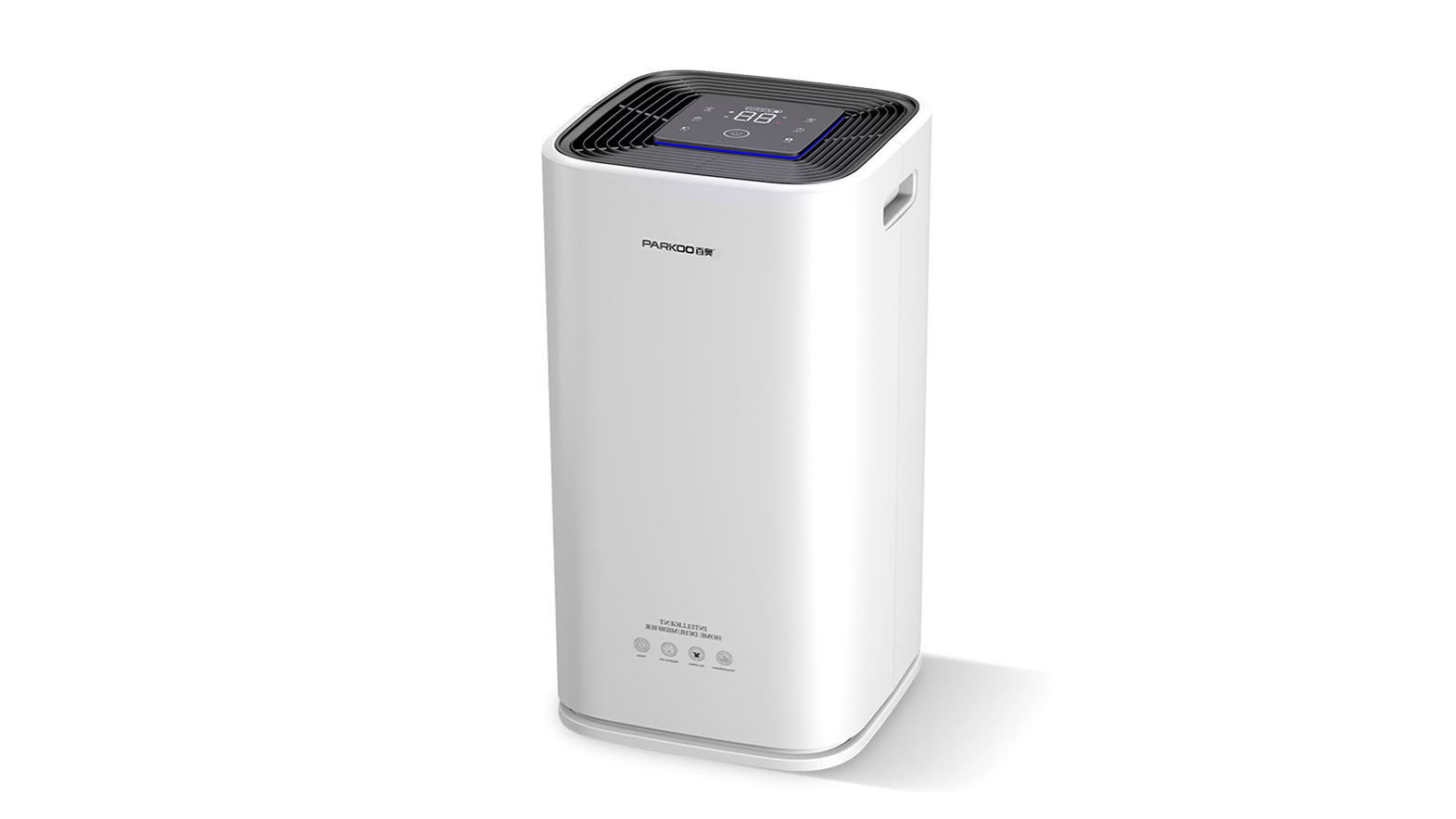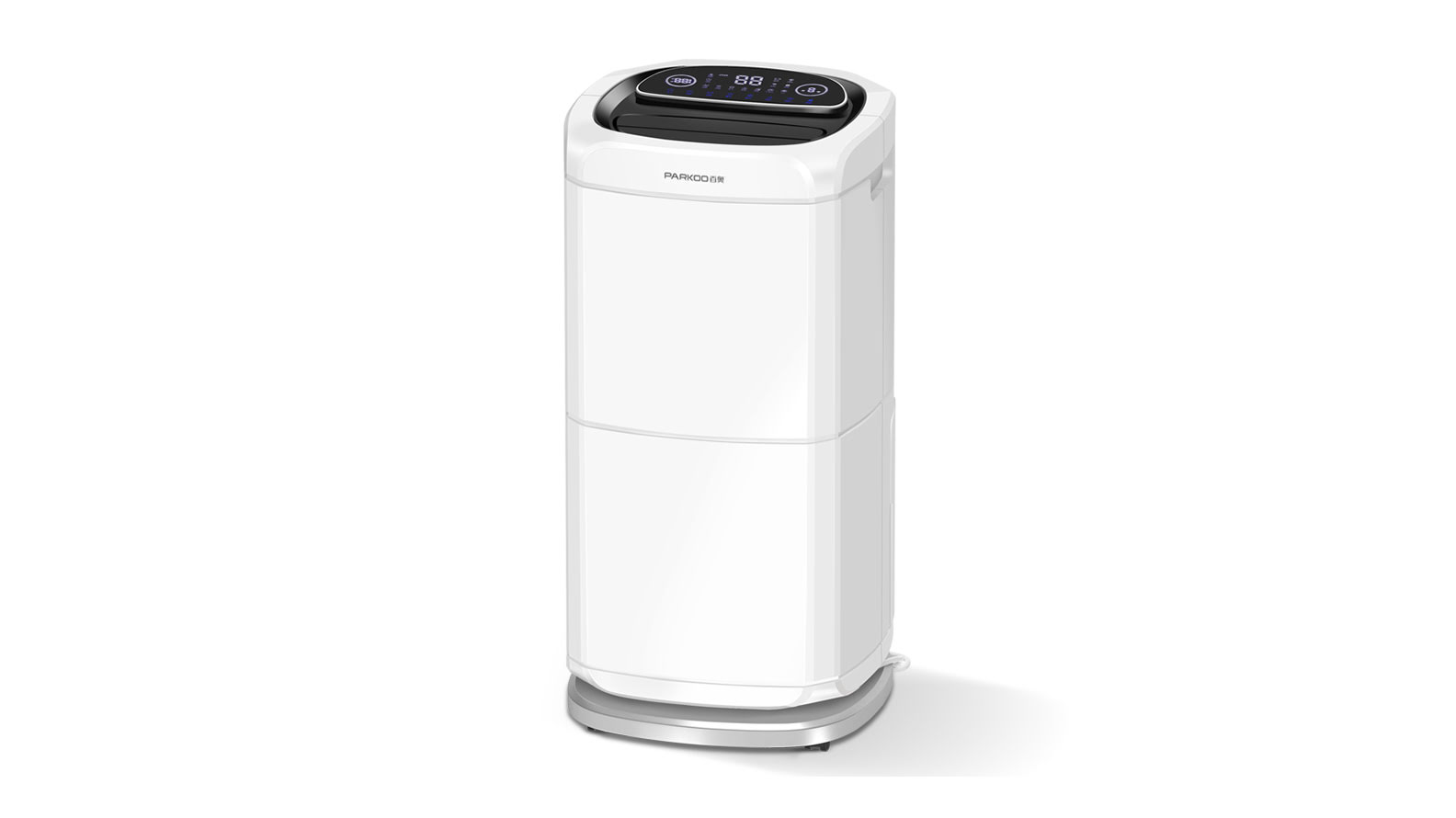In the increasingly competitive printing market where investment returns are truly important, huMidity control is crucial for Maintaining Quality and Productivity at all stages of production
Paper and ink
Paper has strong Moisture absorption, which means that when exposed to dry air, the paper quickly loses moisture. Paper and web paper are usually produced and packaged to maintain Balance with air with a relative humidity of 50 ± 5% RH
When the Environmental humidity is below this level, the paper loses moisture from the exposed surface, changing its shape, size, and physical properties. When the relative humidity is below 40%, the movement of paper on paper and other surfaces generates Static Electricity, attracting dust and Making it difficult to handle. In Hot summers and cold winters, even in temperate climate conditions, relative humidity can drop below 20% RH, making these issues paRTicularly prominent
When using water-based inks, it is Usually recommended to use a relative humidity of 55 ± 5% RH, and some ink manufacturers recommend using 60%
plate making
When removing protective film or paper from the board, if the relative humidity is below the threshold of 40% RH, static charges are generated. This attracts dust and gravel to a flawless surface, making treatment difficult and generating sparks. maintaining a 45% RH Environment can Prevent this situation from occurring
Digital printing
The paper problems experienced in printing are also applicable to digital printing, but the electrostatic problems related to machines may be special problems. To address this issue, it is recommended to use a relative humidity of 50-55%
Dry printing Halls mean that the edges of unpackaged paper quickly lose moisture.
. Due to the passage of paper between the blanket and the embossing drum, severe edges can be formed on the paper, resulting in paper curling and feeding errors, misaligned paper, dots, and wrinklingDue to the accumulation of static electricity, misdelivery can also occur, which can lead to difficulties in stacking the press. waiting for the printing process of another pass to continue to change, improper registration is a special issue
In dry air, paper adhesion and creases, as well as paper cracks on wrinkles, are Caused by static Electricity during the finishing process
The impact of dry air may be very severe, causing printing to stop completely.
. Maintaining a relative humidity of 50-55% RH in the printing press and binding box solves these problems
If the air in the paper bin is too dry, the deposition area, and the Roll holder, the exposed edges of the paper will loosen and shrink due to moisture.
. On a web printing machine, the tension at the edges of the paper is greater than at the center, which can lead to edge Tearing and web breakage. Due to the splicing or reprogramming of paper through a printing machine, a significant amount of downtime was caused
In a dry press, the paper generates static charges through the fast channel of the printing machine. Due to the adhesion of the paper, the printed workpiece is sorted for cutting, trimming, and folding, which beComes a special problem
The production Efficiency of screen printing is very high, and any production losses are expensive. However, by maintaining a relative humidity of 50-55% RH, problems related to dry air can be solved. In flexographic printing, using water-based ink requires 55% -60%
In addition, There is a printing project similar to adhesive tape called "Foshan Nanhai clean Adhesive Tape factory Workshop Humidification Project"
The Benefits of collaborating with PARKOO in the printing humidification project:
Extensive professional knowledge in all printing processes of projects across the country
The comprehensive product range can accurately meet the requirements of printers
Comprehensive expert Consultation, design, supply, installation, debugging, maintenance and spare parts supply services
can provide innovative and mature solutions
Low energy Systems reduce operating costs, Improve humidity control
Low maintenance solutions can minimize continuous service demand
Improve productivity, reduce waste, improve product quality, and bring higher profits
